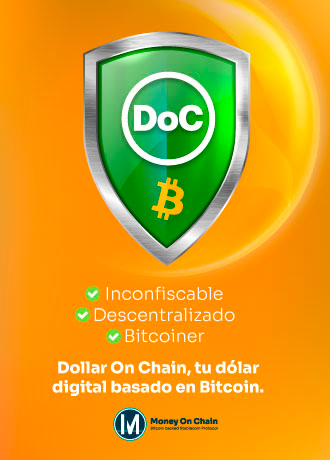Takeshi Fujimaki, un congresista y legislador japonés, realizó una propuesta para reformar el sistema tributario en el país asiático, donde busca facilitar el proceso para las monedas virtuales, con la finalidad de promover su adopción, al igual que fomentar el desarrollo de la tecnología blockchain
A través del portal oficial donde se describe la iniciativa de Fujimaki, el legislador explica que «el sistema tributario no debe aplastar el futuro de la moneda virtual o la cadena de bloques», por lo que plantea 4 cambios fundamentales al sistema tributario nipón, para lograr una mayor penetración de las monedas virtuales y el blockchain en la sociedad.
En primer lugar, propone una reducción de las ganancias impositivas criptográficas de hasta un 55 %, a una tasa fija del 20 % sobre las ganancias, asegurando que «si se espera un ingreso estable como el ingreso salarial, la aplicación general de impuestos también es racional», por lo que considera que «es necesario aplicar impuestos separados con una tasa impositiva del 20% a las ganancias de transacción en la moneda virtual, así como a las acciones y fondos de inversión».
La segunda propuesta, consiste en llevar las pérdidas a lo largo de trimestres y años, sin importar la cantidad de pérdida, lo que significa, que los inversores podrán invertir en el mercado de activos digitales, sin el riesgo de ser cargados con cantidades de impuestos altas. Esto, debido a que el actual sistema japonés, sostiene que el inversor debe registrar y pagar los impuestos generados por el año fiscal de mayor ganancia.
Como tercera proposición, busca eliminar los impuestos en el comercio entre monedas virtuales, por lo que con este incentivo, explica la propuesta, busca «aumentar el volumen de transacciones entre monedas virtuales y revitalizar el mercado de divisas virtuales, por lo que las transacciones entre monedas virtuales, deben estar exentas de impuestos».
Por último, la cuarta propuesta se centra en eliminar el impuesto sobre los pagos pequeños en criptomoneda, asegurando que la «pequeña cantidad de liquidación de moneda virtual, debe estar exenta de impuestos, y la liquidación de moneda virtual en el mundo real debe ampliarse», señaló la iniciativa.
Fujimaki, enfatizó que los cambios antes mencionados en el marco impositivo japonés, se han propuesto para mejorar el mercado local y potencialmente recuperar el sector dañado, destacando que los cuatro ajustes propuestos, afectarán positivamente a los inversionistas en el mercado y brindarán un ambiente más justo para que los inversionistas negocien.







Discussion about this post